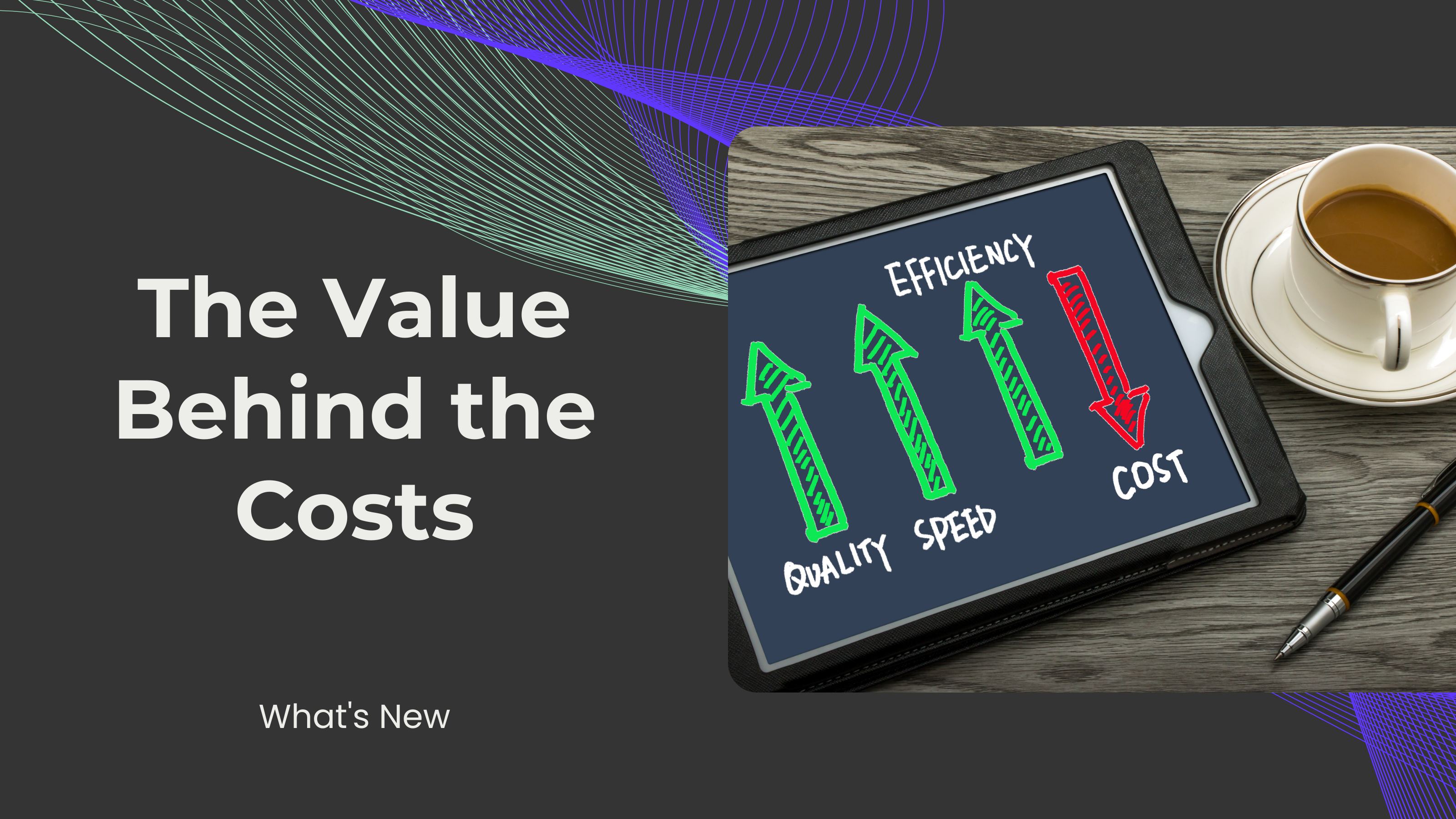The Value Behind the Cost


Somewhere not long ago, someone said that 0CodeKit could be cheaper. Oh, we do understand – price plays an important role. Which is why we’d like to give you a little tour of how our pricing works, and why it is shaped the way it is.
Right now, 0CodeKit offers more than 140 endpoints, all of which are created to do something for you. Of these, 59 have what we call direct cost dependencies. What does that mean? In other words, whenever you are using one of these endpoints, there is a real cost associated with it. Allow us to explain why that is.
Each endpoint that you employ requires computational resources. All this work is performed by our servers that use high-quality hardware. However, there is only so much they can do. If the user base of 0CodeKit rises and more consumers begin to use it simultaneously, the demand for computations grows. If that demand grows beyond what is supported by the current configuration, we must purchase more servers to maintain efficiency.
For example, let’s take our code executors. These endpoints demand much muscle. When you use a Python code executor, our servers don’t simply run code — they download dependencies, load them, run the code, and send the results back to you. All of this is best served by high-quality hardware to make sure that it is stable, secure, and can support multiple users.
Other endpoints that handle PDFs and archives also require a substantial amount of processing power. Working with large files, file conversion, and checking that everything is correct places a considerable load on the system, which in turn means that the costs for sustaining 0CodeKit are high.
Some types of endpoints are dependent on the services of a different provider. For instance, our cognitive services are AI-based, but we provide them through third-party platforms like Azure. These services come with their costs, which influence the pricing of the endpoints that depend on them.
Some endpoints, such as the VAT ID and Currency Converters, require data to be updated in real-time for the application to run efficiently. For this purpose, we use external APIs that provide this timely information. These APIs do make sure that you are retrieving accurate, up-to-date data, but they also contribute to the overall costs.
There’s more to 0CodeKit than just the endpoints. We also have certain external costs that are necessary for providing the experience you are looking for.
Choosing 0CodeKit is much more than paying for the privilege of running code or accessing data. You are investing in a secure, strong, and flexible system that allows you to do what you do best. We consider our prices to be quite adequate compared to the value we provide, from the strict engineering of infrastructure and software to the team of professionals who work tirelessly to bring you the solutions you need. Of course, those prices may appear somewhat higher compared to the less functional tools, but with 0CodeKit, you're buying not just a tool but a long-term and efficient solution.